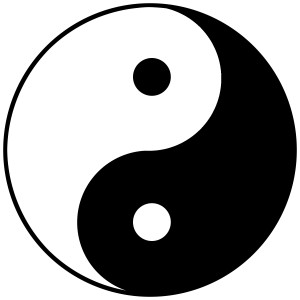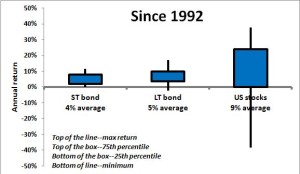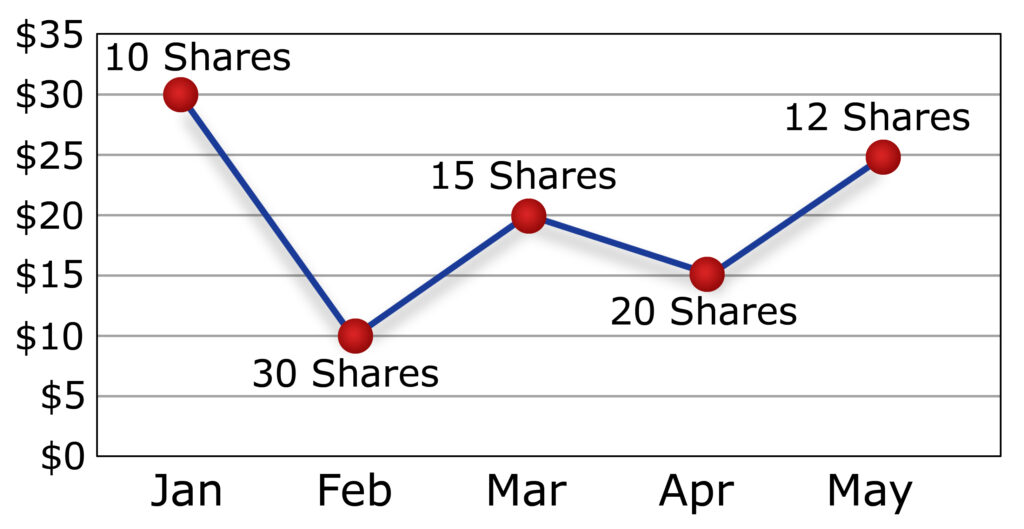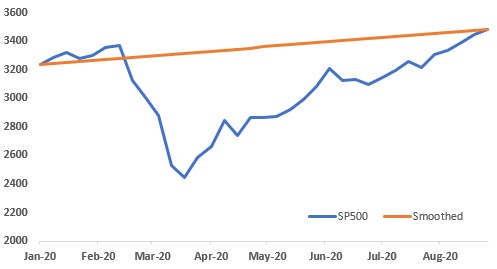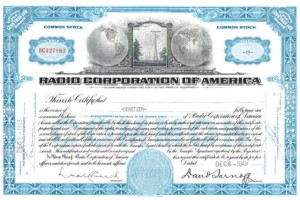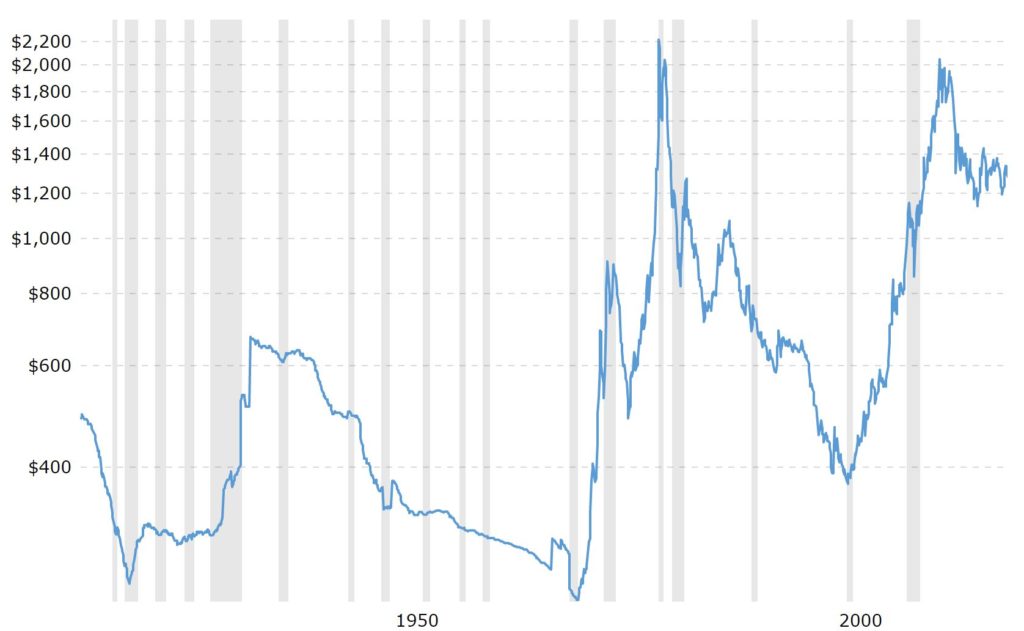As a true nerd, I have spent way too much time thinking about a scientific question that has absolutely no bearing on my life—dark matter. It’s probably the #1 mystery in astronomy right now, and I am excited to announce that I have solved it. I look forward to receiving my Nobel Prize.
I am calling my theory Ronin matter. If you don’t want to read all of this, here is the answer: Dark matter is rogue-planets floating between solar systems and galaxies.
WHAT WE KNOW ABOUT DARK MATTER
While we don’t know what dark matter is made of, have never observed it, and overall are generally clueless about its nature, there are some things we do know. Any theory regarding dark matter has to fit into these facts.
- There is a lot of it—based on our estimates of how much gravity is needed for galaxies to behave the way they do and how much gravity is produced from the stuff we know is out there, there is about five to six times as much dark matter as regular matter.
- It is not evenly distributed—dark matter is lumpy, meaning that there are some places where we know there is a high density of dark matter and other places where we know there is a low density or none at all.
- We can’t see it—dark matter does not emit light (for the purposes of this paper, whenever I say “light” I mean any radiation along the electromagnetic spectrum). Nor does it reflect light.
- We can feel it—dark matter creates gravitational fields that we can observe, both by the impact that it has on the motion of celestial bodies that we can see. Also, it creates gravitational lensing that impacts the light that passes by/through it, similar to the impact that other known celestial bodies would have.
- There isn’t any in our solar system—the movement of the planets, moons, sun, and everything else in our solar system are perfectly described by the gravity created by the things we can observe. There’s no need to create a plug with some unaccounted-for gravity.
And that’s pretty much all we know.
THE RONIN PLANET THEORY
I contend that dark matter is made up of regular matter that is floating through space between the solar systems and galaxies. I’ll call that Ronin matter.
It would be a lot of little pieces, mostly smaller than Jupiter. There needs to be about five times the mass of our solar system of this stuff for each solar system. That could be about 18,000 Saturns. Or, if variety is important it could be: 4,500 Saturns, 430 thousand Earths, 35 million Moons, and 850 million asteroids.
This Ronin matter would not be part of a solar system anchored by a shining star. They are floating in the vast space between stars. Therefore, none of our methods to detect exoplanets work.
WHY IT WORKS
Ronin checks all the boxes that we know about dark matter. Plus, it holds up better than other theories that are the scientific community’s best efforts to explain dark matter.
Let’s look at that list of what we do know about dark matter and how it holds up:
- There is a lot of it—We just mentioned how much dark matter we’d need to “offset” our solar system. That’s a lot of Saturns and Earths and Moons and asteroids, but there’s no reason to think they couldn’t be out there.
- It is not evenly distributed—No problem here. Observable matter is distributed unevenly around the universe. Why shouldn’t that also apply to rogue planets.
- We can’t see it—This is where it starts to get interesting, and this is where most of the criticism is going to be leveled. If there is as much dark matter as must be out there and it’s composed on planet-sized objects roaming through the galaxy, then why can’t we see it? Much, much more on this below.
- We can feel it—This works too. That quantity of planet-sized objects for each solar system would create the extra gravity we observe.
- There isn’t any in our solar system—If there were any additional Saturns and Earths and Moons in our solar system we would know. There aren’t, but there also isn’t any need for dark matter. So it works here too.
Another major benefit of the Ronin theory is it is simple. It relies on matter from the Standard Model we already know about.
Currently, the most popular hypothesis in the scientific community for dark matter is WIMPs—weakly interacting massive particles. The problem here is this is such a radical departure from everything we currently understand. WIMPs don’t fit with anything in our Standard Model, so it would require something completely new. That seems like a pretty big leap.
ANSWERING THE CRITICS
Criticism of Ronin theory fundamentally comes down to the fact that we haven’t observed anywhere near the necessary amount of matter. How can there possibly be 18,000 Saturns floating around between each solar system and we’ve never seen any of them?
Space is really vast–First, we need realize that the space between solar systems is really, really vast. The scale is truly beyond our brains’ comprehension. The sun is about 1.4 million kilometers in diameter; the solar system is about 9.0 billion kilometers wide (Neptune’s orbit); and it’s about 4.4 light years to the nearest star (about 41 trillion kilometers). Those numbers are so big they cease to have meaning.
Let’s scale things down. Assume that the Earth is the size of a dime. The sun would have a diameter of 1.9 meters, the height of tall person. Saturn would have a diameter of about 16 centimeters, a bit smaller than a volleyball. The solar system would have a diameter of about 12 kilometers. The next closest star would be 55,000 kilometers away, about 1.5 times around the Earth.
Using that same scale, the area of the empty space between our solar system and the next closest star is nearly 10 billion km2, equal to about 58 Pacific Oceans. That’s a lot of empty space.
Planets aren’t very bright—Obviously we can see stars, even very dim stars very far away. But we can’t see stuff that doesn’t emit light or reflect it from something that does.
Nearly every celestial body emits some radiation. However, there is a huge drop off from stars which host nuclear fusion to planets and smaller bodies. Saturn is the third “brightest” item in our solar system after the Sun and Jupiter, and it emits about 33 million times less energy than the Sun. Earth emits about 20 billion times less energy than the sun.
There is an obvious correlation between size and brightness. Objects even smaller than Earth like the Moon or asteroids emit no measurable radiation.
We can’t see anything other than stars—We know that there are exoplanets. But we only know they’re there because of their impact on what we can see, their star. The exoplanet’s gravity makes the star wobble, or the exoplanet blocks the star’s light when it passes in front.
We aren’t very good at seeing celestial objects on their own. We really only see them when they interact with their host star in some way. Ronin aren’t near bright stars, so there’s no really good way we could observe them.
We have discovered rogue planets—Despite the difficulty of finding rogue planets, we have found a few (less than 20). Nearly all the ones we have found are very large (several times the size of Jupiter). That makes sense because it’s easier to see big things.
This should make us optimistic for two reasons. First, there are such things as rogue planets. We have observed them, even if not very often. That alone is a huge advantage over WIMPs where we have no observations of them, despite considerable searching.
Second, the rogue plants we have found are really big. If there are big ones, there are absolutely smaller ones too. A prevalent feature of the universe is that there tends to be more small things than big things. It’s very easy to conclude that there are a lot more Saturn- and smaller-sized rogue planets out there than the few multiple-times-larger-than-Jupiter sized ones our limited technology has been able to observe.
Our solar system is third generation—That means at least two rounds of supernovas occurred to make us. After the big bang, matter coalesced to make first generations stars. Those ultimately exploded in a supernova sending matter in all directions. Some of that matter coalesced to make second generation stars which then also blew up in a supernova sending matter in all directions. Some of that matter coalesced to make our solar system.
A lot of the matter from those supernovas went in directions where there wasn’t a critical mass to form a star massive enough for fusion. All that matter could be floating around the galaxy as Ronin.
Old stuff fades away—Stars, just like everything else, grow old and ultimately fade away. A few die in supernova explosions but most just quietly burn out. Definitely planets and smaller bodies that emit radiation see their radiation output fall.
This is important because the universe is about 15 billion years old. That’s a long time for smaller and dimmer stars from the first or second generation to have faded away. Maybe they have faded below our threshold to detect them.
This potentially opens the door even wider for the Ronin theory. Right now, I set the limit for Ronin at Saturn sized. Our very limited experience (limited to a single observation) shows that larger planets like Jupiter emit a lot more radiation; Jupiter is about twice the mass of Saturn but emits 33 times the radiation. But that is now. If Jupiter was a couple billion years older would its radiation levels fall to below Saturn’s current levels? How about brown dwarfs?
If these larger bodies see their radiation emissions fade, then it’s reasonable to assume there are a lot of larger Ronin from the first and second generation that are floating out there but whose emission levels are below our observational thresholds.
THE PUNCHLINE
You’ve stayed with me for about 1600 words so let’s put a bow on this.
The Ronin theory just works. It’s simple and doesn’t require a total redo of the Standard Model which is the fundamental basis for our understanding of the universe right now.
Also, it is reasonable that we haven’t seen this stuff because it’s hard to see. Imagine looking for 18,000 volleyballs (Saturn-sized Ronin) in 58 Pacific Oceans (the area between solar systems). If we can’t see those objects because they don’t emit radiation and they aren’t close to anything that does, that makes it even harder. That said, we have found some very large rogue planets so we know this concept does in fact occur, it’s just hard to find.
I hope you’ve had fun and been a bit entertained by this. I’d love to hear your comments. Otherwise, I’ll see you in Stockholm.



